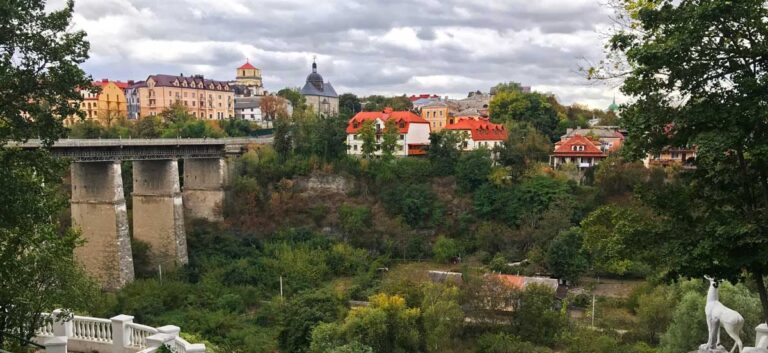
It’s easy to see why a city like Kamianets-Podilskyi might be overlooked during one’s whirlwind tour of Eastern Europe. Given its “out of the way” geography and the less-than-luxurious transport required to get to southwestern Ukraine, it takes more hutzpah than your average tourist can muster.
Into Kamianets-Podilskyi, Ukraine
For those brave enough to make the trek, this historical gem is not likely to disappoint. On my recent return to this beautiful country, a dear friend Hanna offered me an insider’s tour of the Old City.
Born and raised in a nearby village, Kamianets-Podilskyi holds a special place in her heart—one that she so passionately shared with me as we embarked on what would become an eight-hour tour.
The winds were whipping, and temperatures hovered around forty degrees, but we were unfazed, reveling in the magic of this place where time seems to stand still.
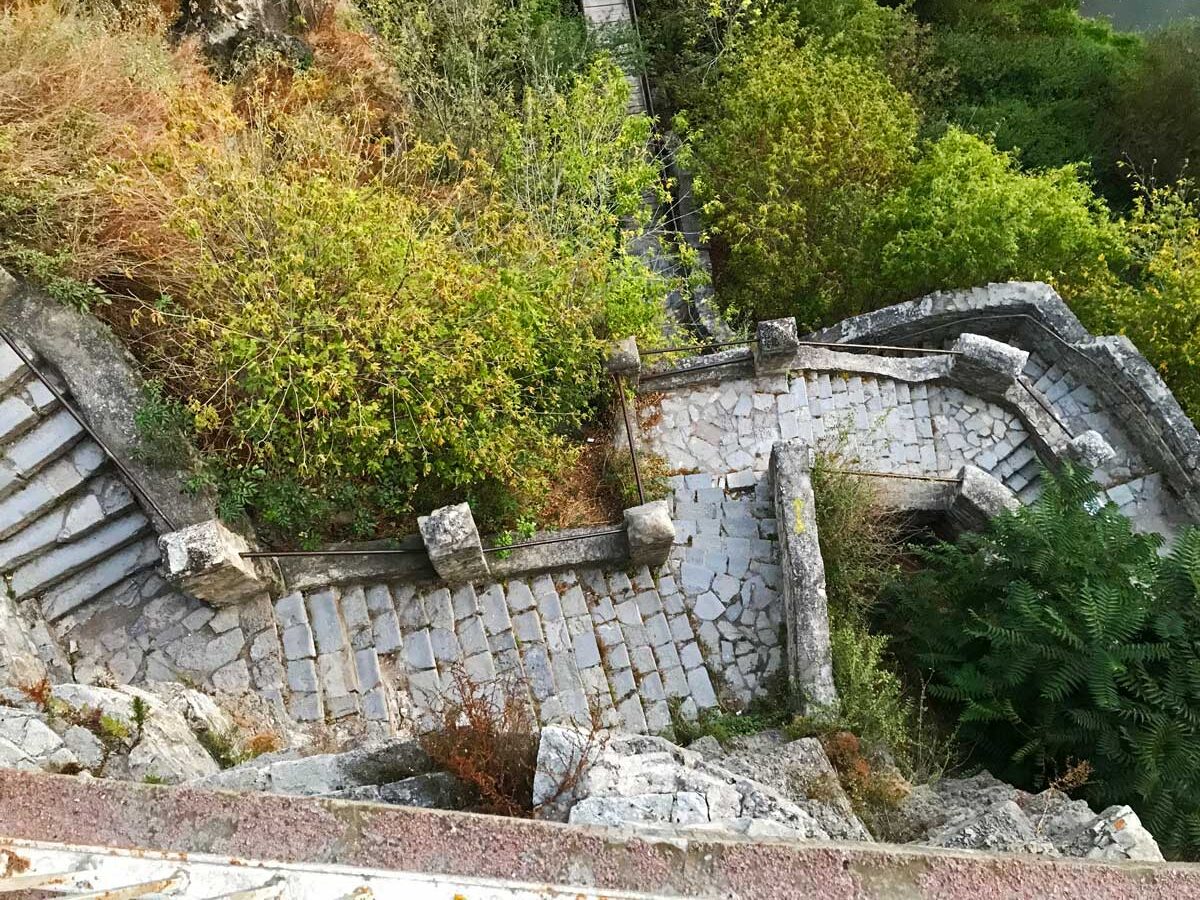
Off the Beaten Path in Kamianets-Podilskyi
We began at Novoplanivskyi Bridge, the connector between old and new. Most visitors will cross this bridge, pay to walk the grounds of the castle and leave, never appreciating the long and sordid history that makes this city so special.
Fortunately, our adventure took us off the beaten path—quite literally—down a steep, stone staircase to the canyon below, where the Smotrych River would have once been raging as a protector against invading forces.
Now this body of water is little more than a trickle in most places, crossed easily by way of a rickety wooden bridge.

Following along the narrow cobblestoned walkways that line the river, we began to peel back the layers of history—one by one—all the while peering up at the fortress rising like an island from the epicenter of this ancient civilization.
Little known fact: Stara Fortetsya (the old fortress) is one of Ukraine’s Seven Wonders.
A Merging of Cultures
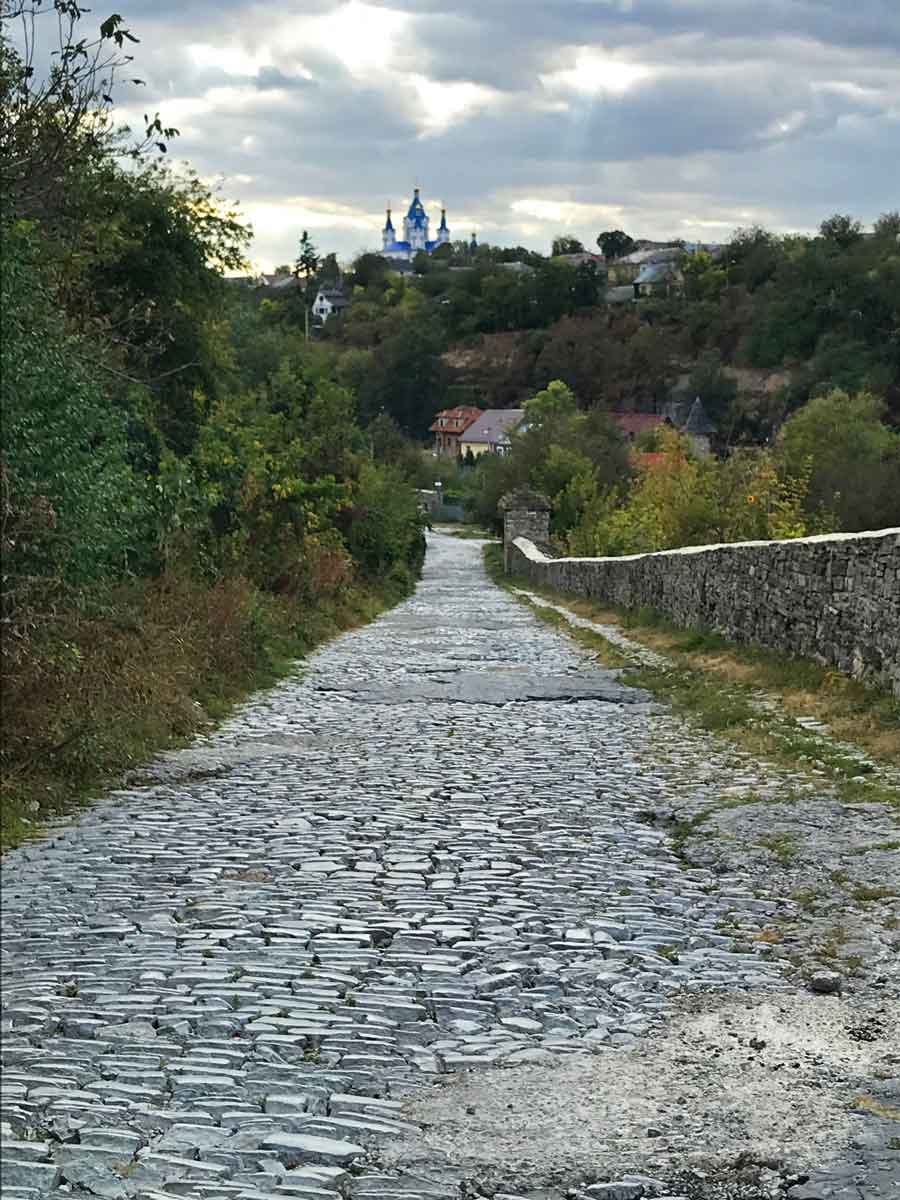
It was just the two of us, with the exception of a few stray cats, having opted for the road less traveled.
No crowds, no lines, no flash photography—as an avid hiker, I was pleased to hear only the sounds of our heavy breathing as we made our way around the inner canyon along a narrow dirt path.
St. George Cathedral
Across the way, in the distance I could see St. George Cathedral, its blue-capped turrets rising from the trees.
Hanna began to tell me about the city’s tumultuous history—a territory conquered time and time again, stories that are recounted each time you pass a church or monument.
Her fierce passion for the subject was clear as she spoke of Tatars storming the castle or Cossack forces fighting for control over this hub of international trade.

Much like our DNA, many of the architectural landmarks scattered throughout the city represent unique cultural milestones of the previous occupants. Lithuanians, Poles, Turks, Armenians, Jews, Russians and Ukrainians all share a claim to fame here, earning the city its nickname as the “City of Seven Cultures.”
International Festival of National Cultures
With a history so steeped in turmoil, you may be surprised to learn that residents now celebrate this diversity each year, with the International Festival of National Cultures.
Using this as an opportunity to honor their heritage, the festival features music, food and artisan crafts, showcasing (and celebrating) the city’s diverse roots.
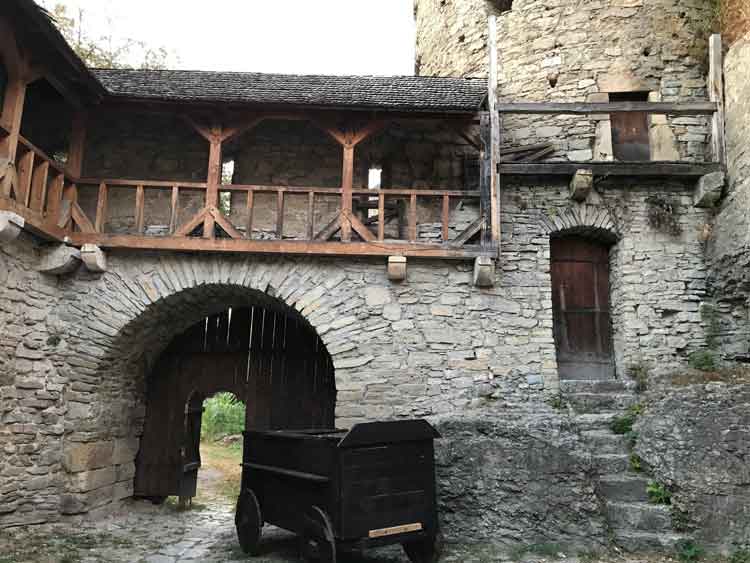
Russian Gate
Making our way around the south side of the castle we reached the Russian Gate, part of an old fortification system used to defend the most-vulnerable parts of the fortress.
Complete with a built-in dike, this structure could alter the flow of water from the Smotrych River to flood the canyon and prevent invaders from storming the castle. A similar structure, dubbed the Polish Gate, is found on the north side.
I could almost see the waters rising now, hordes of people—troops and townspeople alike—running for their lives, trying desperately to escape the cold, swiftly moving current.
Much like castle bridge, which was once the only way in or out, these fortifications are an extraordinary example of structural engineering in the 16th and 17th centuries.
Despite the harsh realities of the time, they are also proof that great things were possible, and their way of life was worth protecting.
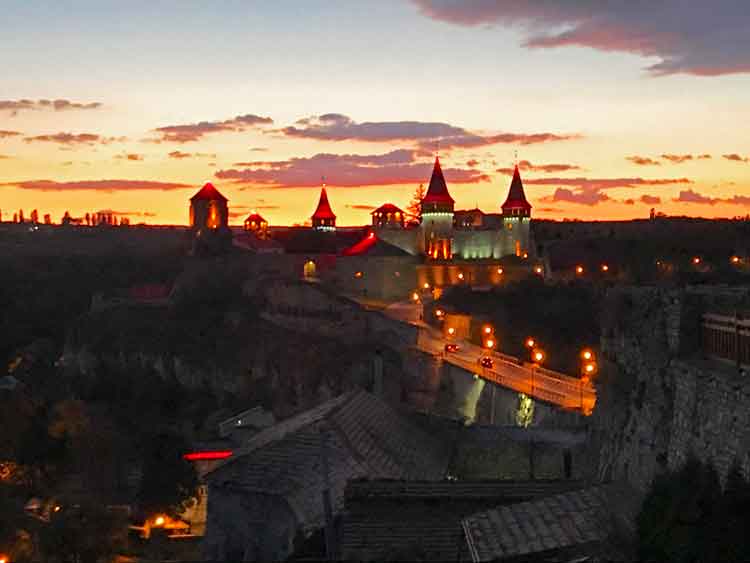
Returning Home
We ended our tour atop the highest point in the Old City. Looking out over all of Kamianets-Podilskyi, Hanna shared stories of her youth, when she climbed these same hills as a rite of passage after her graduation.
To this day, kids verging on adulthood will make their way to this grassy knoll above the old stone fortress, watching as the sun lights up the world in the brightest shades of pink and orange.
Sharing plans for the future and saying goodbye to the past, they enjoy what is left of their fleeting childhood.
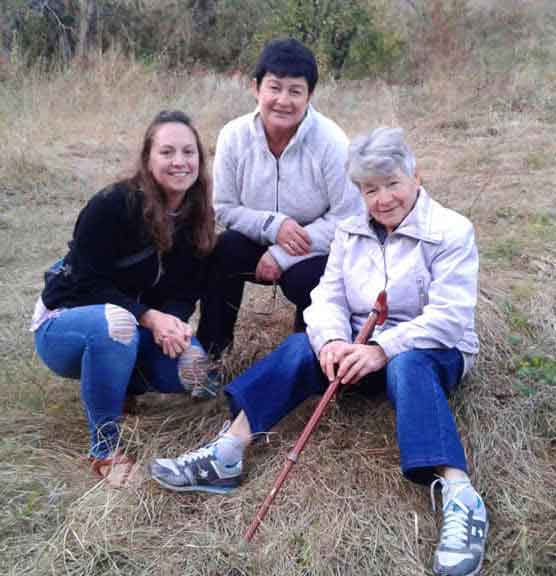
Hearing this, I couldn’t help but feel a similar sense of liberation, standing on this foreign soil where my own journey began more than 15 years ago—when I chose to leave the Peace Corps and my beautiful Ukrainian village.
At the time I felt guilty for saying goodbye, unsure of what the future had in store for me. Now, upon returning to this place that still feels very much like home, I have made peace with my decision.
Reuniting with Hanna and my Ukrainian family after all these years, I finally realized that, in my heart, I never really left.

History Runs Deep
Kamianets-Podilskyi may not be as old or large as some of the more popular cities in Ukraine. It certainly won’t be as easy to find.
What makes it worth the effort are its people—on the surface they appear to be young and vibrant, mostly kids making their way through university; but dig a little deeper and you’ll find plenty of old souls to match the ancient beauty of this timeless city.
History runs deep, and it’s a point of pride for those living there today. Stop anyone on the street and they can likely tell you, in one of seven different languages, the many tales that live within the walls of the Old City.
So, the next time you find yourself in search of a little culture, try the road less traveled to Kamianets-Podilskyi. Start at the bottom and climb to the top. The views are spectacular.
Amanda Renna is the founder of Travelnitch.pub, a kids’ travel blog inspiring children to become global explorers through hands-on learning. As a mom of two, she believes travel can play a vital role in shaping strong, independent and compassionate individuals. Amanda lives in Monson, Mass., but spends much of her time on the road with her family.
